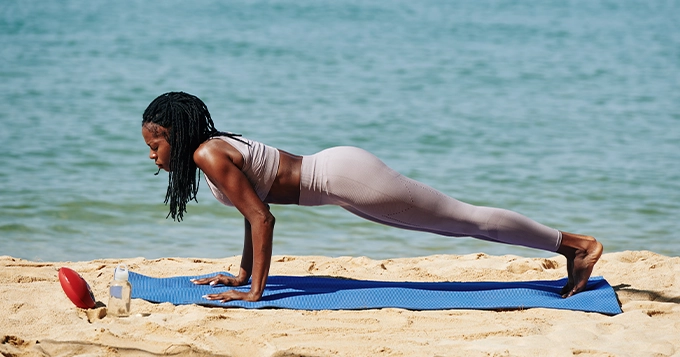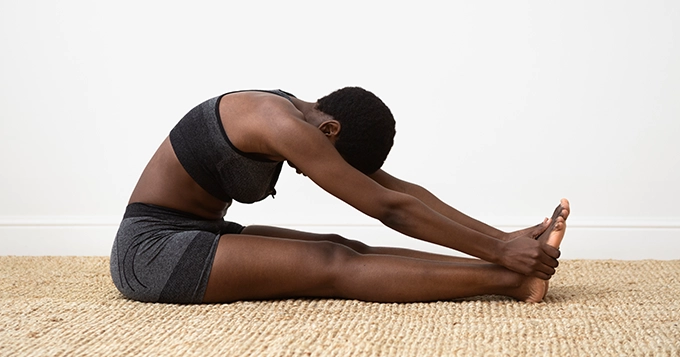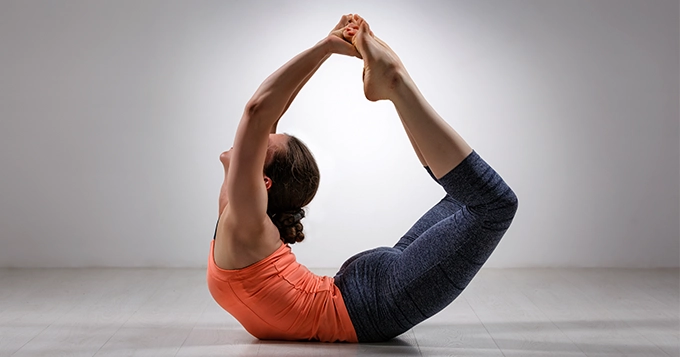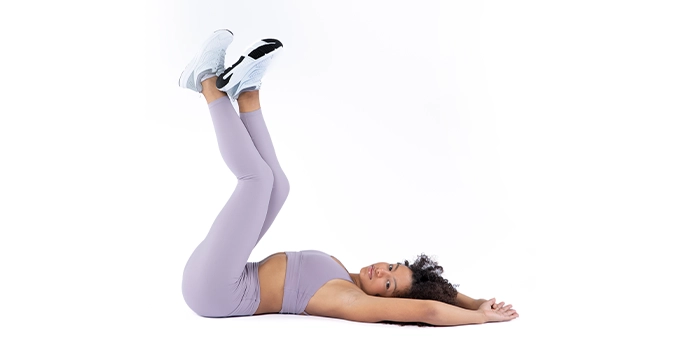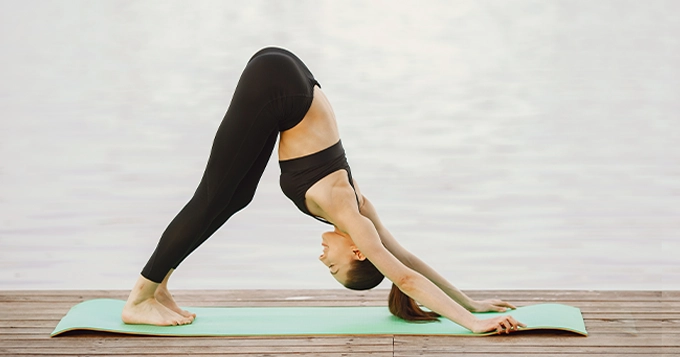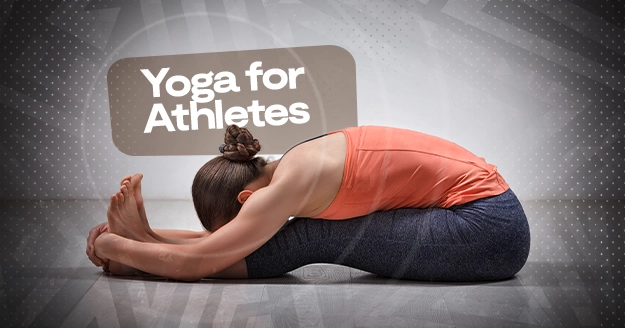In the increasingly competitive world of sports, where the difference between winning and losing is small, athletes are searching for ways to improve their performance. While traditional training methods focus on strength and conditioning, more athletes are incorporating yoga into their routines.
Yoga, known for its holistic approach to well-being, offers athletes unique benefits, such as increased flexibility and mental focus. In this detailed analysis, we explore how yoga for athletes who want to excel in both their physical and mental abilities can be a game-changer.
Improving Flexibility
Incorporating mobility yoga for athletes into warm-up routines can enhance joint flexibility and range of motion before engaging in intense training sessions or competitions.
Flexibility is a crucial aspect of athletic performance, as it affects various aspects of an athlete’s abilities, such as agility and injury prevention. While traditional stretching routines focus on specific muscle groups, yoga offers a more comprehensive approach.
By practicing a variety of poses that engage different muscle groups and joints, athletes can achieve a well-rounded flexibility that goes beyond the linear stretches commonly practiced in sports training. The dynamic nature of yoga poses not only improves flexibility but also enhances overall range of motion, which translates into better athletic performance and a reduced risk of injuries.
Building Strength
Although yoga is commonly known for its focus on flexibility, it can also be an effective way to build strength. Many yoga for athletes training requires supporting one’s body weight in different positions, leading to muscle engagement and toning. Unlike traditional weightlifting, which may target specific muscle groups, yoga’s isometric contractions in various poses contribute to functional strength.
This type of strength is crucial for athletes participating in sports that demand a combination of explosive movements, stability, and endurance.
Enhanced Balanced and Stability
Balance is crucial for athletes to maintain stability and control in their movements, particularly in sports that require sudden changes in direction or landing techniques. Yoga poses are designed to build strength and stability in the core and lower body, which in turn improves an athlete’s overall balance and proprioception.
By practicing yoga poses, athletes can enhance their ability to maintain control and stability during high-intensity movements, reducing the risk of injury and improving overall performance.
Mind-Body Connection
The mind is a crucial tool for athletes, and yoga emphasizes the connection between the mind and body. In high-pressure competitive situations, mental focus can decide between success and failure. Yoga’s meditative components, combined with physical postures, foster heightened awareness and concentration.
Athletes who regularly practice yoga report improved mental clarity, better decision-making on the field, and enhanced resilience in the face of challenges. The mind-body connection cultivated through yoga can provide athletes with a powerful mental edge in their sport.
Reduce Stress
The best yoga for athletes can improve their mood and reduce stress.
Athletes frequently experience high levels of pressure and stress, both on and off the field. Yoga offers a peaceful haven for athletes to unwind, relax, and rejuvenate their mind and body. Practicing controlled breathing and meditation during yoga sessions calms the mind, reduces stress, and improves mental focus.
By developing greater resilience, concentration, and mental clarity through yoga, athletes can perform at their best, even under high-pressure situations. A clear head in crucial moments can significantly impact the outcome of any game or competition.
Injury Prevention and Recovery
Yoga, focusing on balance and flexibility, is a valuable tool for injury prevention and recovery. The practice helps athletes develop a heightened sense of body awareness, allowing them to identify and address potential issues before they escalate into bigger problems.
For athletes recovering from injuries, yoga offers a gentle yet effective means to rebuild strength and flexibility without subjecting the body to excessive strain. By promoting injury prevention and facilitating recovery, yoga plays a crucial role in helping athletes stay in top form and perform at their best.
Endurance
Endurance is a crucial aspect of many sports, and proper breathing techniques are often neglected. Yoga places a strong emphasis on pranayama, or breathwork, which can significantly improve respiratory efficiency. This, in turn, leads to enhanced endurance, better oxygenation of muscles, and increased stamina.
By learning to regulate and deepen their breath, athletes can benefit during intense moments of competition, contributing to overall athletic performance. Improved respiratory efficiency is a valuable asset for athletes looking to maximize their endurance and athletic performance.
Conclusion
In the pursuit of athletic excellence, adopting a well-rounded approach that addresses both the physical and mental aspects of performance is important.
Whether you’re a seasoned competitor or just recently started your athletic journey, integrating yoga into your routine can be a game-changer. Yoga for athletes, focusing on flexibility, strength, and mental clarity, offers a unique set of tools for athletes to unlock their full potential. Discover yoga’s benefits and its profound impact on your performance, on and off the field.
